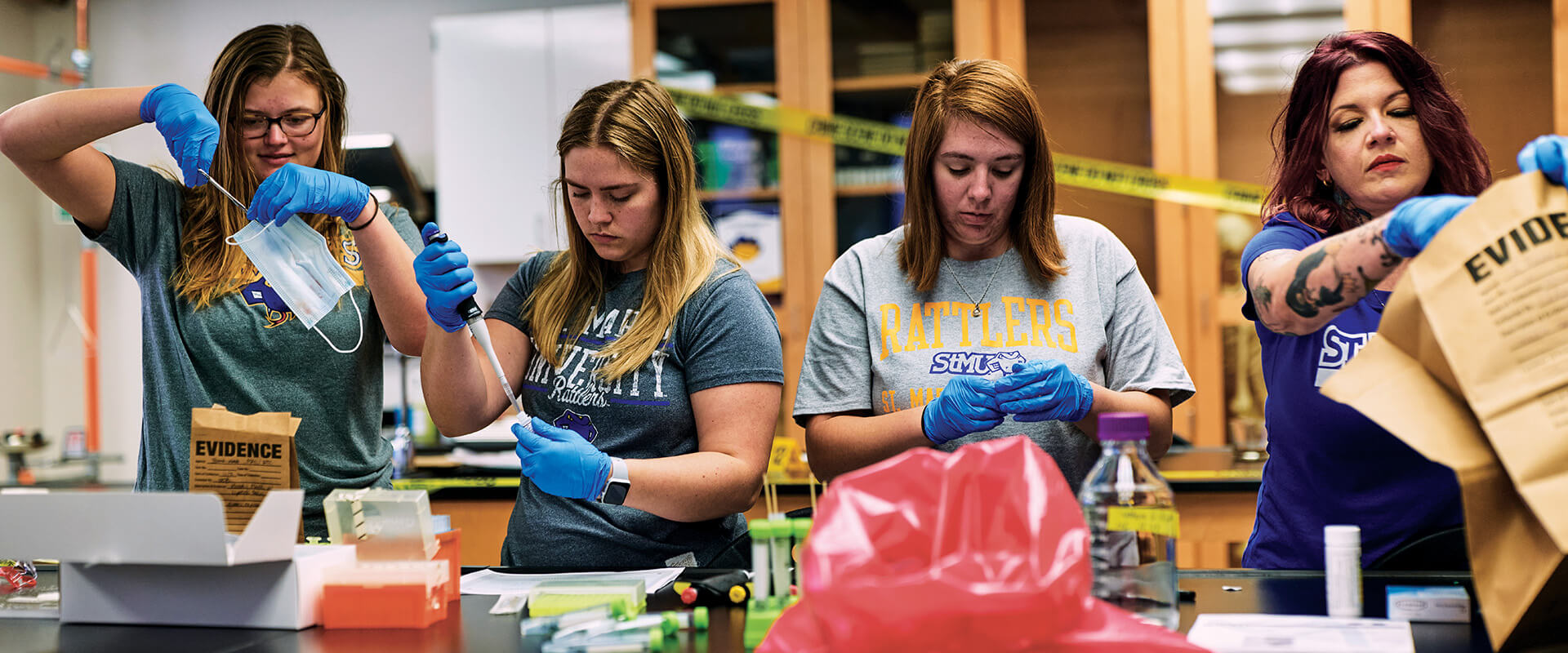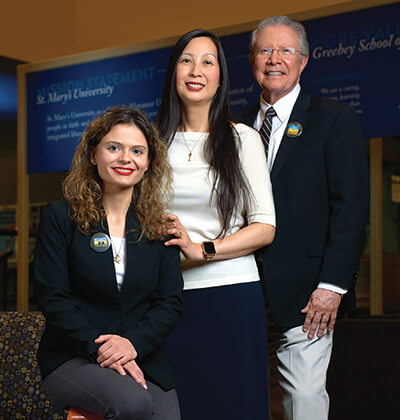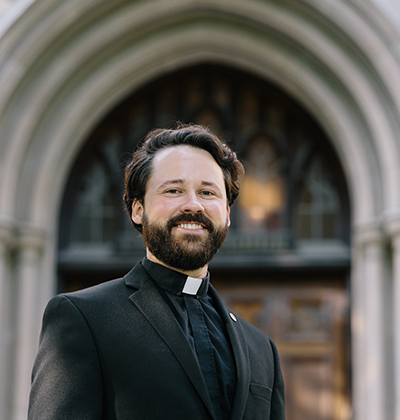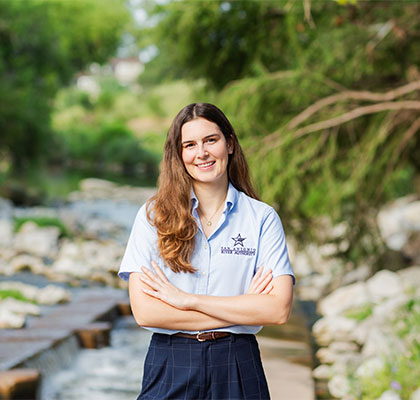DNA of success
by Isaiah Alonzo
Forensic Science isn’t just dusting for prints and solving crime. With the help of a multimillion-dollar grant, updated equipment and new professors, the Forensic Science program at St. Mary’s University gives students specialized knowledge in identifying and analyzing physical evidence needed to succeed in their careers.

A $5.3 million grant in 2015 enabled the University to enhance the Forensic Science program, making the courses more diverse and competitive with other universities. David Turner, Ph.D., the Associate Professor of Environmental Science who oversaw the grant, said his first step was hiring dedicated faculty members.
Assistant Professor of Biological Sciences and Forensic Science Specialist Jennifer Harr, Ph.D., who leads the Forensic Science program in the School of Science, Engineering and Technology, was hired in 2019 to continue expanding the program and sharing with students her research background and love for science.
For instance, she’s launched a new Forensic Biotechnology course in which her students learn methods to analyze biological evidence encountered at crime scenes, such as isolating DNA from fingerprints.
“By training, I’m a geneticist; I study epigenetics and how each of our cells has its certain fate,” Harr said. “Since I was an undergrad, I was always working in a chemistry lab. I have always been interested in hands-on research.”
Along her educational journey, Harr discovered her love of teaching. She took that love and merged it with her background in genetics.
“I knew I wanted to be a scientist early on, but I also learned I like working with students,” she said. “I was really thinking, ‘How can I apply what I’m doing to spark interest in students?’”
Savannah Berger, a senior Forensic Science major“The interaction you’re able to get with your professor and your classmates is more in-depth and meaningful because we are in small groups.”
Since joining the University, Harr and other faculty members have used the grant funds to bring in new, cutting-edge equipment like an Anatomage table (a digital cadaver that students can analyze on a screen resembling a giant iPad), a DNA sequencer (a machine that helps with analyzing genetics of individuals, organisms, etc.) and more.
“These students are getting to use equipment that is unparalleled compared to other universities,” Harr said. “The students would usually only come across them when they’re in the lab later, but we give them that training during their undergraduate studies.”
The re-vamp has already made a difference for students in the program, such as Savannah Berger, a senior majoring in Forensic Science with the Chemistry option.
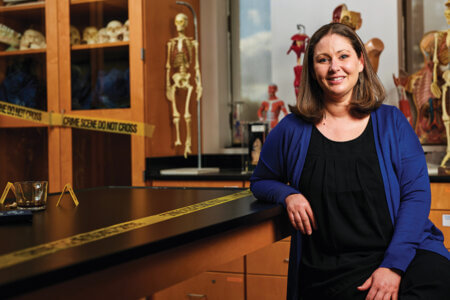
“The interaction you’re able to get with your professor and your classmates is more in-depth and meaningful because we are in small groups,” Berger said. “I spend so much time with Professor Harr. She’s really gotten to know me and, with the biotechnology course being so new, she has incorporated some things in the teaching that she knows we would be interested in.”
In the Forensic Biotechnology Course, Berger is learning the foundations she’ll take into her career, for instance, how to isolate DNA from different sources to determine the species using human, cat and dog hair.
“I want to go into genetics. So the field and the technology of DNA that we’re learning is not only applicable to the field of forensics, but also in clinical and laboratory settings,” Berger said. “I’ve really enjoyed that class and being able to see the depth, power and growth of DNA technology because it is so new.”

